Novi Pazar: The oriental gem
Monday, 29.05.2006.
12:36

Novi Pazar: The oriental gem
History:
Novi Pazar, whose name is derived from the Turkish words for “New Market”, was founded in the 1460s as a trading post between Istanbul and Dubrovnik by the Turkish noble Iza-beg Ishaković, who also founded Sarajevo.Novi Pazar’s surrounding area, however, was of great historical importance long before the Ottoman invasion as it was home to the first medieval Serbian state known as Raška, founded in the 9th century. Raška is still the name of the district in Serbia of which Novi Pazar is the capital. Today the ruins of Ras, the main fortress of this early Serbian state, can still be found just outside the city; however, the ruins are little more than eroded, unmarked walls sitting on the side of a small mountain road, easily overlooked by passing drivers.
Once a major urban center comparable to Sarajevo and Belgrade, Novi Pazar was sacked twice by the Austro-Hungarians. After its falls, first in 1689 and again in 1737, the city was never able to fully reclaim its status as a major commercial hub.

Though sandwiched between Bosnia and Kosovo, the region never saw the violence of full-scale war that erupted in the former Yugoslavia in the 1990s. Not surprisingly, however, the 1990s heightened the region’s ever-present ethnic tension, and the area today remains largely divided with Muslims dominating Novi Pazar’s town center and Serbs scattered throughout the surrounding hillsides.
The end of socialism, the outbreak of regional war and the dissolution of Yugoslavia have also left the region one of the poorest areas in Serbia. Once known for its denim production, Novi Pazar now lacks any major industry and locals say more and more people are heading north and west to larger cities in Serbia and beyond.
Around town:

Novi Pazar’s center square also bears the mark of Yugoslavia’s quirky communist architecture. A futuristic design realized in concrete, the hotel Vrbak, built in the 1970s, straddles the Raška river. Though it is a mere shadow of what it once was with its now largely unoccupied rooms and crumbling exterior, the hotel is surely unique and worth a visit if not a full night’s stay.
The Surroundings:
Novi Pazar is tucked in a valley surrounded by rolling green mountains, which are home to some of the Serbian Orthodox Church’s earliest historical sights.Petrova Crkva (the Church of St. Peter), a small church perched atop a picturesque green hill, lies on the outskirts of town, a 3 km walk from the center square. Built in the 8th or 9th century, Petrova Crkva is the only pre-Nemanjić church in Serbia and was used as a meeting place for an early Serbian council held in 1196. In 1957 it was discovered that the church was also built on the site of the grave of a 5th century Illyrian prince.

Đurđevi Stupovi can be reached by foot from Petrova Crkva. A dirt path leads out from the back of Petrova Crkva towards Đurđevi Stupovi, visible on the peak of a nearby hill. The path eventually fades into a grassy hillside, but walking in the direction of Đurđevi Stupovi will lead you directly to the backend of the grounds. It is also easily reached by car or taxi. As it is a short distance from town, the cost of a taxi should not be to great. Sopoćani Monastery, the most significant of the three Orthodox Christian sights in the Novi Pazar area, includes the Church of the Holy Trinity and the ruins of the kitchen, dinning hall, and cells once occupied by monks. The monastery was founded by King Uroš I in the 13th century, but was destroyed by the invading Turks in the mid 1400s. According to the monk who mans the door, the church stood roofless for almost two centuries, yet the 700-year-old frescos inside have remained relatively intact – a stroke of luck, or divine will as the monk there explained, as the frescos have been internationally recognized as some of the finest medieval art in Europe. The most noteworthy frescos include The Dormition of the Virgin, the Birth of Christ, the Descent into Limbo, the Transfiguration, the Crucifixion, the Presentation at the Temple, and Christ among the Learned Men.

Where to Stay:
Hotel Vrbak, Maršala Tita, tel. (381) 20-314-844With its bizarre exterior and seventies-style interior the Hotel Vrbak is quite the time warp. The receptionist, a man who has been with the hotel for 25 years now, is helpful but the overall service is as slow as the almost non-existent stream of guests. A double room cost 2,200 din per night.
Hotel Tadz, Rifata Burdzevica 79; tel. (381) 20-311-904
Hotel Tadz is the newest and nicest of the hotels in town and is centrally located just up the river from the Hotel Vrbak. Double rooms go for €56 Euro.
Hotel Kan, Rifta Burdzevica 10; (381) 20-25-250
Also centrally located, Hotel Kan offers simple, clean rooms for a lesser price than its neighboring Tadz. Doubles run for €25 Euro.
Several pensions just off the center square offer cheaper accommodations.
Where to Eat/Drink:
Novi Pazar is dotted with small cafes, bakeries, and grills offering burek, čevapi, coffee (most often Turkish) and sweets. A range of sit-down restaurants is also available, though the menus are fairly uniform, offering the standard options of local cuisine.Many of the restaurants are labeled mlećni restaurants, or milk restaurants, meaning they do not serve alcohol, but a small selection of bars and cafes do serve alcohol late into the night.
Getting There and Around:
Novi Pazar is most easily reached by car, but regular bus service runs from Belgrade, Novi Sad, Niš, and Podgorica. Service is also available for other smaller towns but the posted schedule at Novi Pazar’s bus station is outdated, so it’s best to ask. Novi Pazar has no flight or rail access.The town is small and its center traffic, chaotic. In turn, it is easiest seen on foot with the aid of taxis for longer treks.


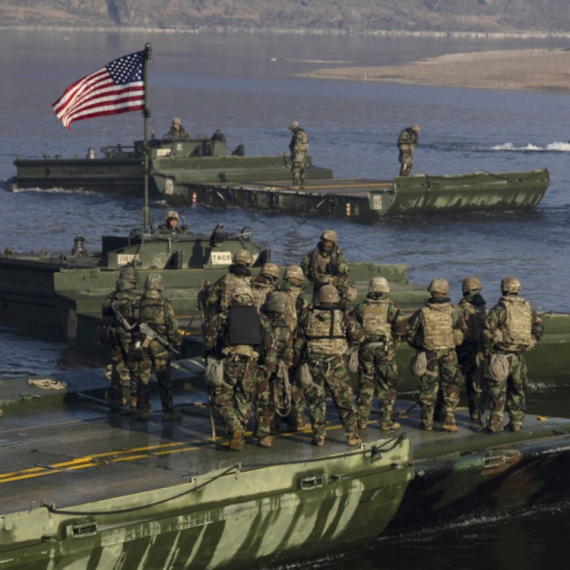
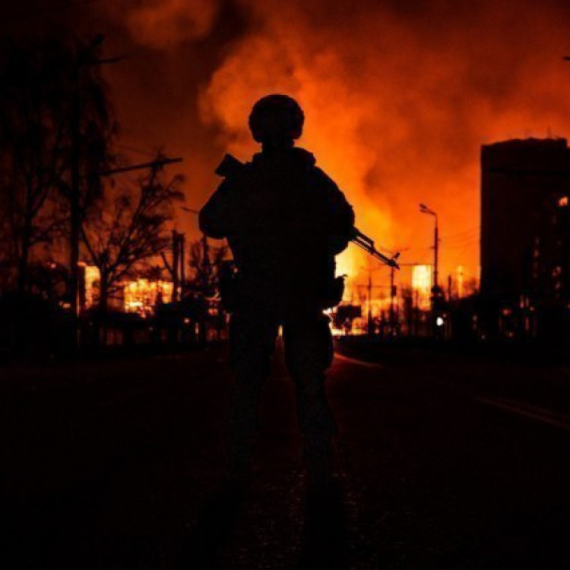


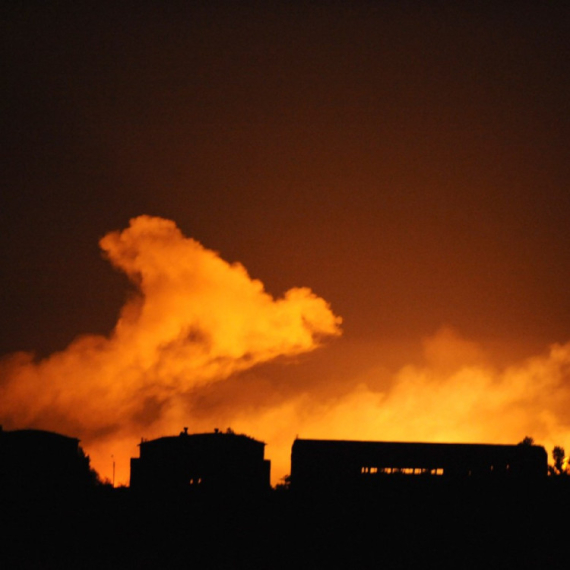



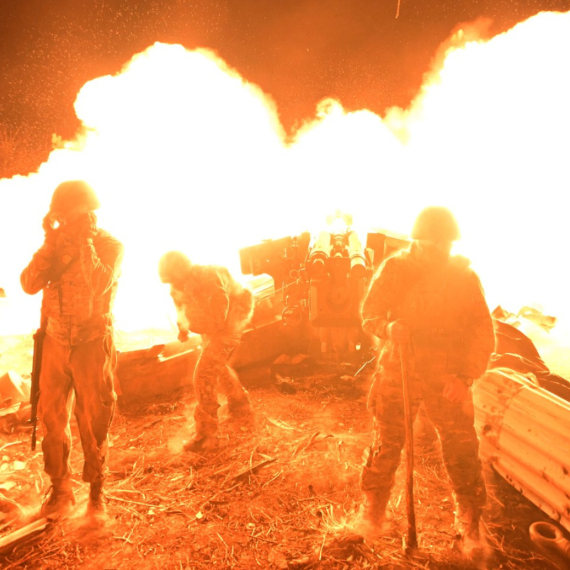
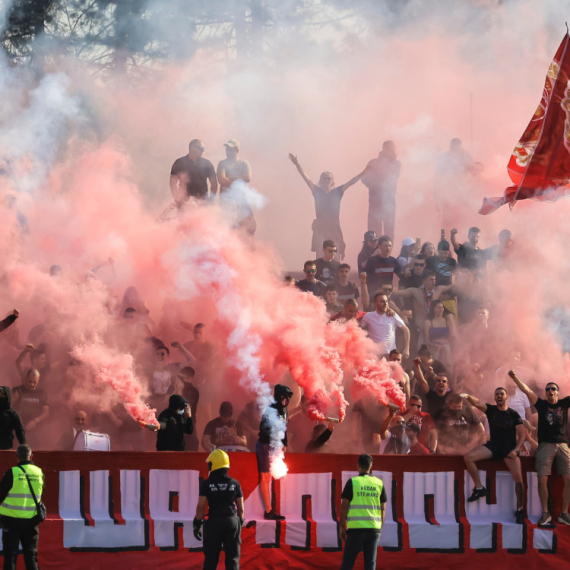
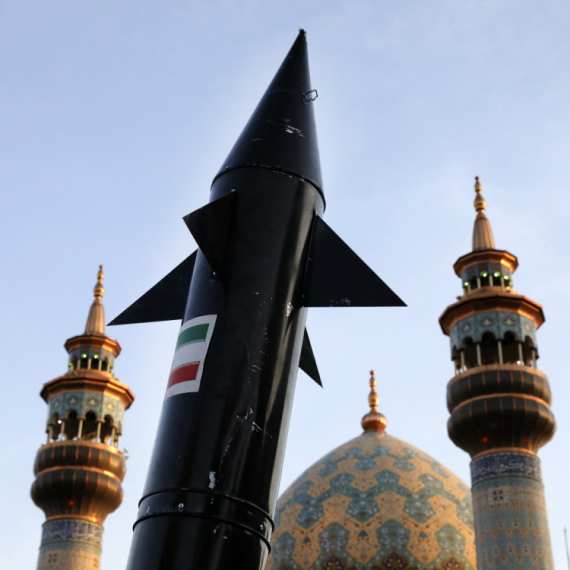
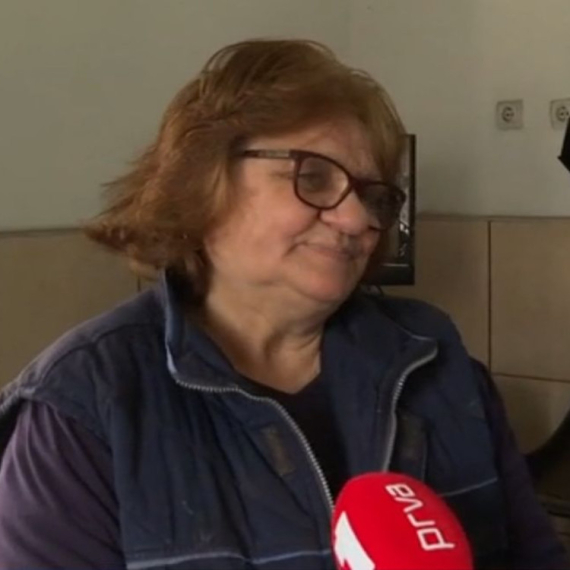


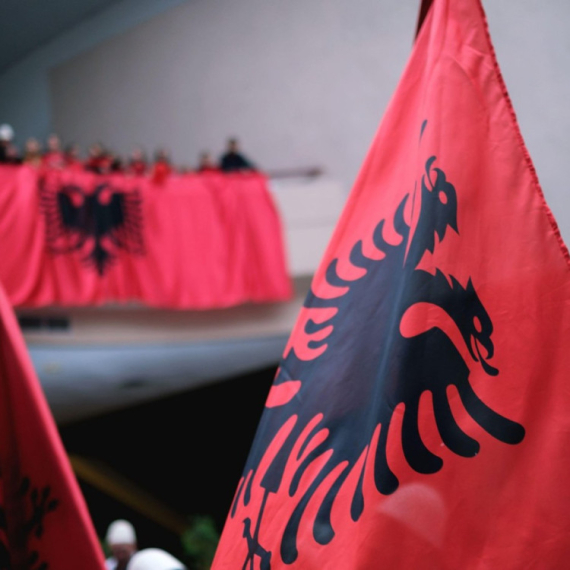


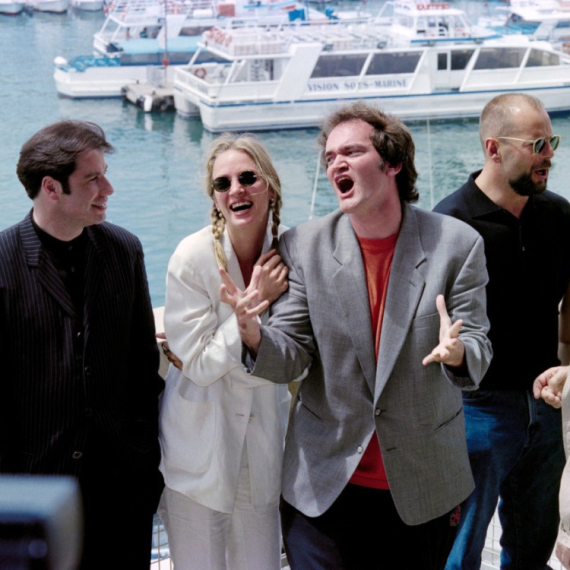
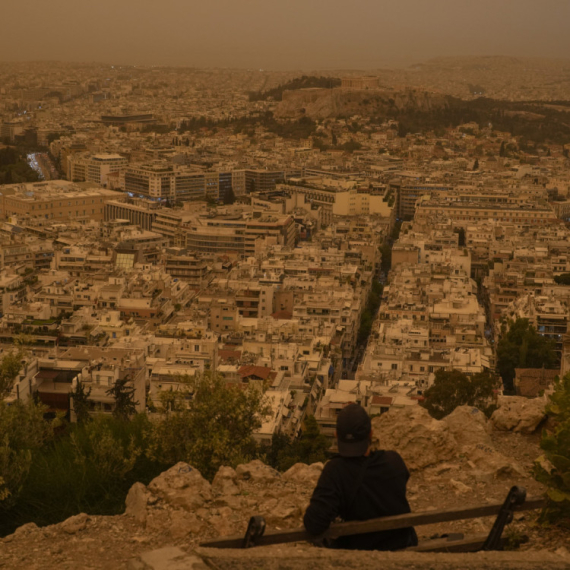
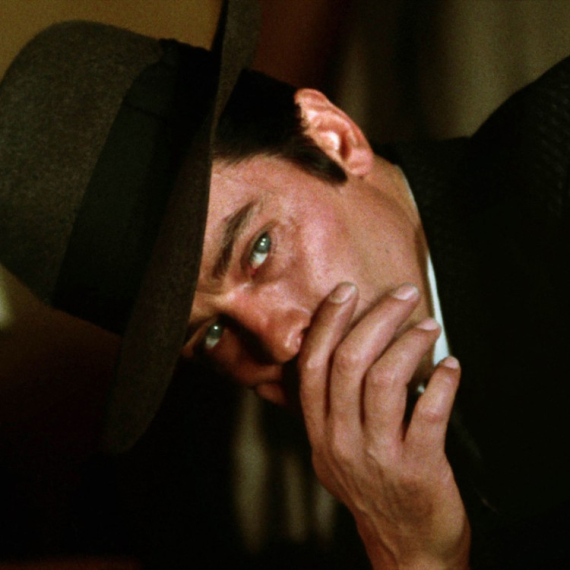




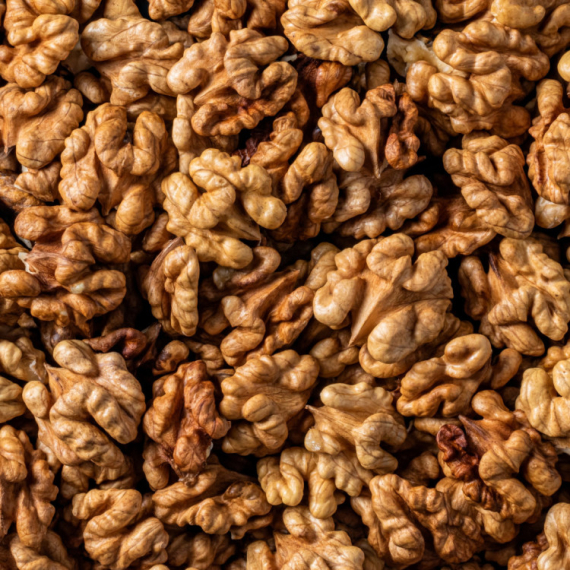


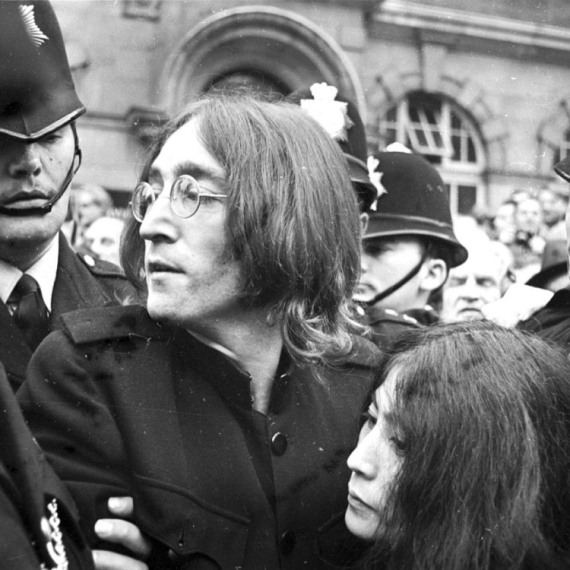

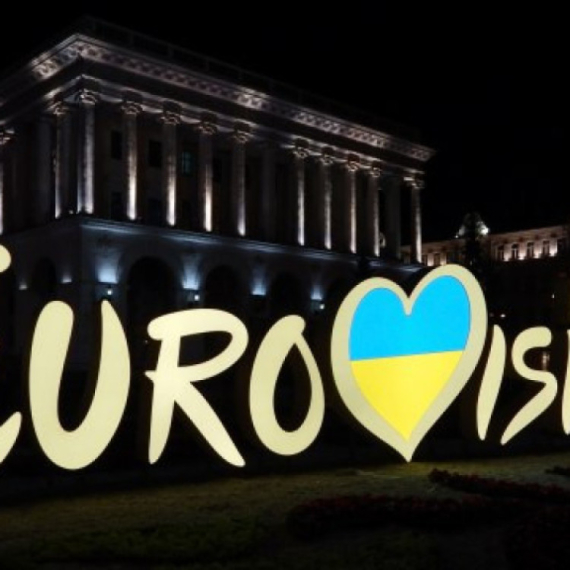








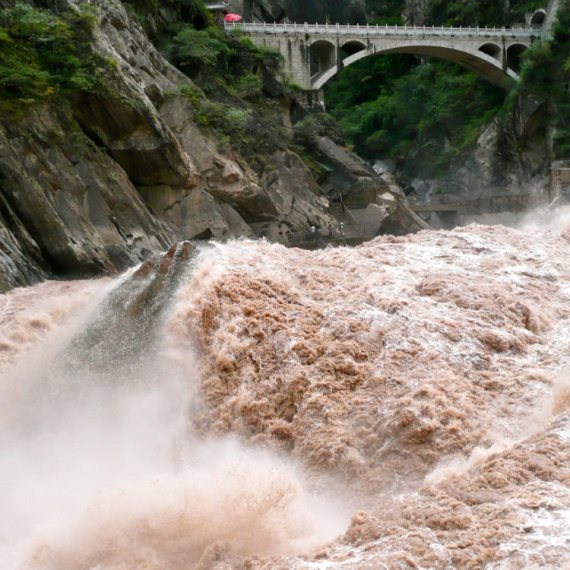






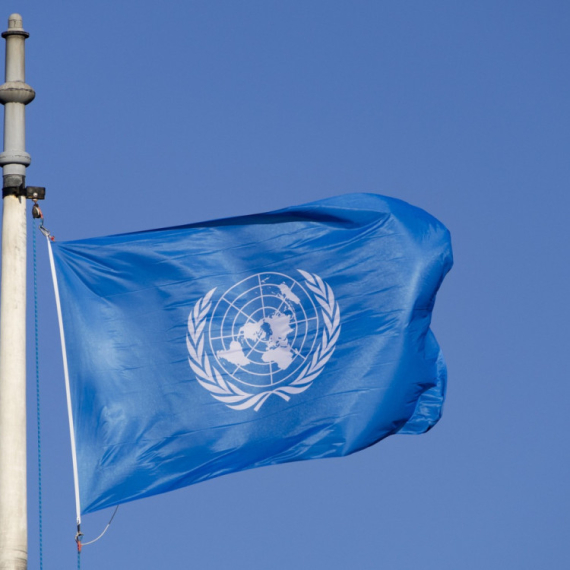


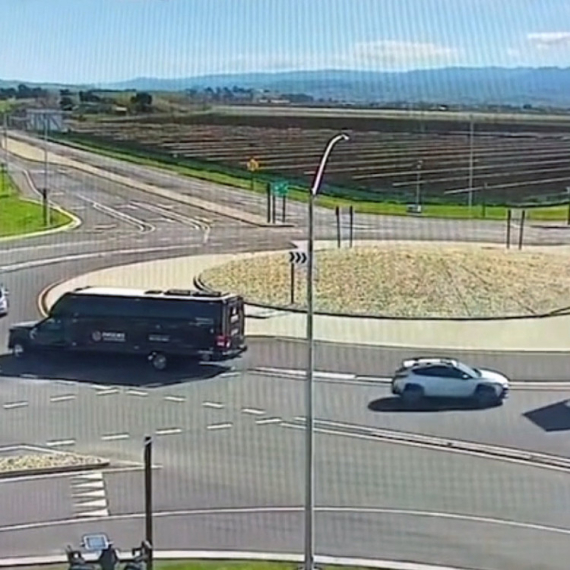


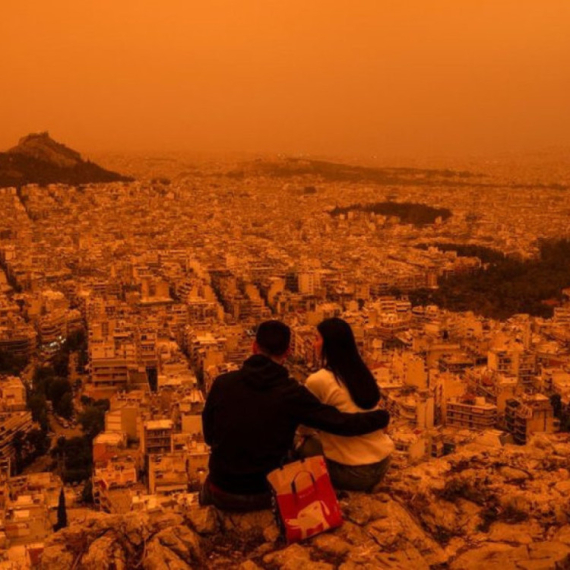



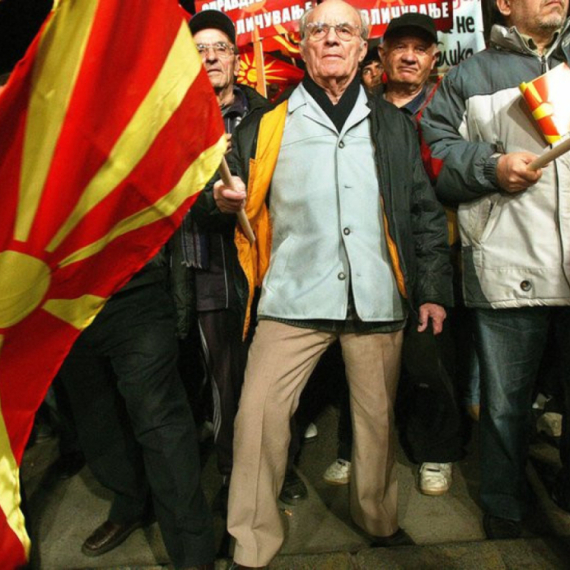

Komentari 6
Pogledaj komentare